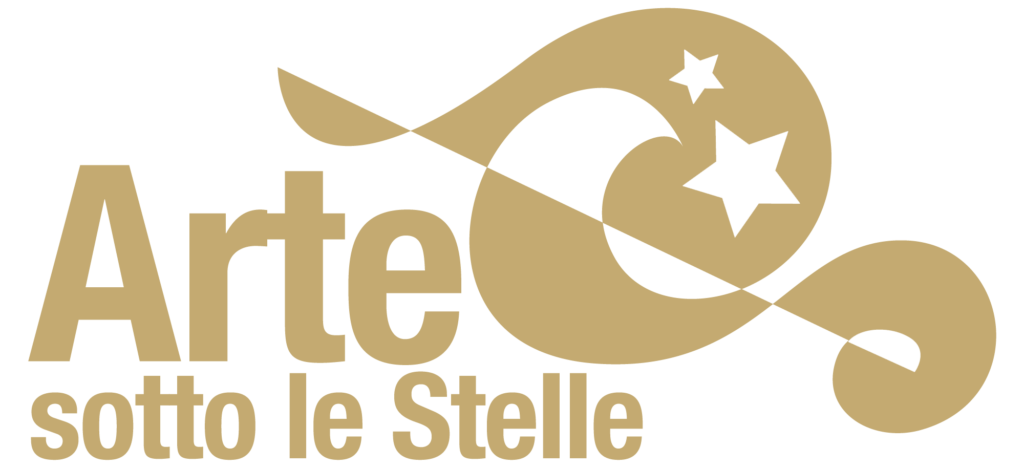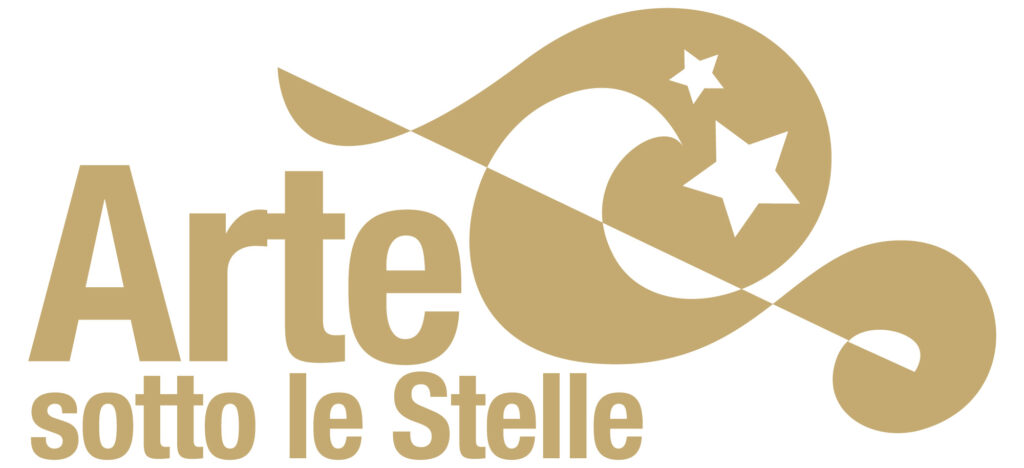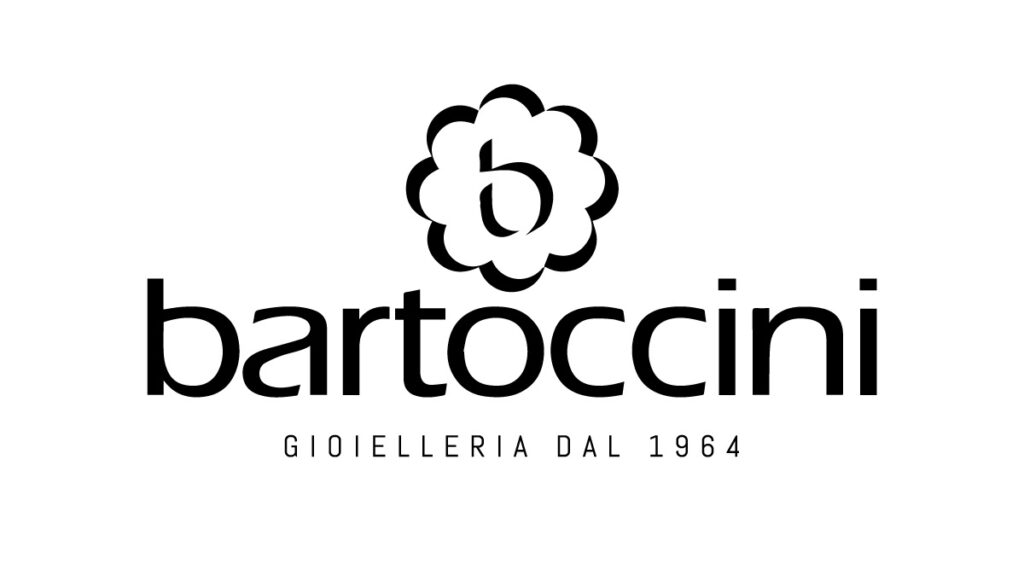Polyptych of San Pietro – Perugia
In 1483 the Benedictine community of monks of the congregation of Santa Giustina da Padova commissioned to the Olivetan friar Giovanni da Verona to realize the wooden structure and the spallerium for the new altarpiece for the church of San Pietro in Perugia.
In 1495 Perugino reaches an economic agreement with the friars establishing a fee of 500 ducats to paint the central altarpiece, the lunette and the predella. On January,13th 1500, the altar was consecrated and the Altarpiece placed in its place; one of Perugino’s assistant, Giannicola di Paolo, painted the wall and the altar.
This magnificent work has already been dismantled since the end of the 16th century, due to the restoration works by the architect Valentino Martelli; the parts of the polyptich were then unhappily located in various places of the religious complex.
After the Napoleonic requisitions of 1797, the tables depicting San Mauro, Santa Scolastica, San Pietro Vincioli, Sant’Ercolano and San Costanzo remained in the original place; the central table with theAscension was brought to Lyon, at the Musée des Beaux-Arts, as well as the panel of the cymas showing theEternal blessing with cherubim and angels; Santa Giustina, San Benedetto and San Placido are located in the Vatican Museums, while the tondos with the Prophets Jeremiah and Isaiah are kept at the Musée des Beaux-Arts in Nantes..











